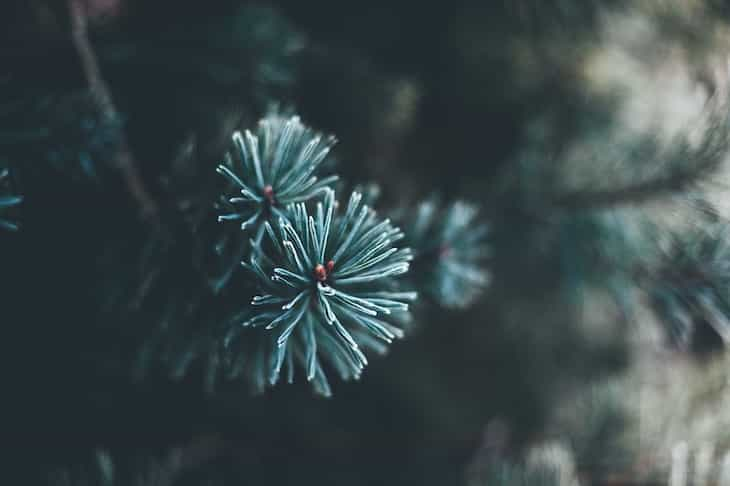Gardening tips: Grow Christmas trees in pots – help the environment
When looking for a new Christmas Tree every year, you can come across smaller trees that are grown in pots.
While being extremely simple, this measure can help the environment a lot, so it becomes more popular.
Here are a few reasons for that.
Conservation of Land
When Christmas trees are grown in pots, they don't require the same amount of land as traditional field-grown trees.
This helps conserve land resources and prevents deforestation or clearing of natural habitats.

Reusable Trees
Potted Christmas trees can be used year after year.
Instead of cutting down a tree each season, you can bring the potted tree indoors for the holidays and then return it outside to continue growing.
This reduces the demand for freshly cut trees and promotes sustainability.
Carbon Sequestration
Christmas trees, even when potted, absorb carbon dioxide from the air and release oxygen.
By keeping the same tree for several years, you allow it to continue sequestering carbon from the atmosphere, helping to mitigate climate change.
Soil Health
Potted Christmas trees are often grown in containers with healthy soil.
This improves soil quality and can contribute to better water retention and nutrient cycling.
Healthy soil benefits the surrounding ecosystem and promotes biodiversity.
Reduced Waste
Potted Christmas trees generate less waste compared to traditional cut trees.
After the holiday season, the tree can be replanted, continuing its growth and avoiding the need for disposal.
This reduces the amount of tree waste in landfills.
Wildlife Habitat
Potted Christmas trees, when planted outdoors after the holidays, provide shelter and habitat for birds, insects, and other wildlife.
The trees offer a safe space for animals to nest, find food, and seek protection from predators.
Recently, we talked about scab signs.
